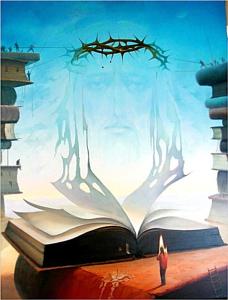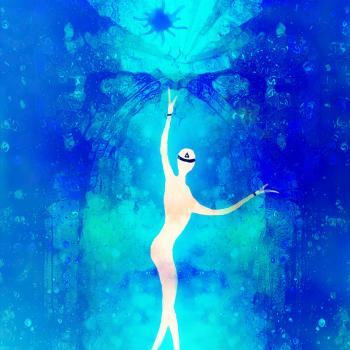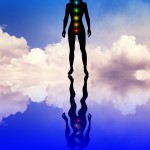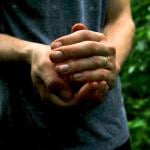Today is my sixth day of eating mung beans and rice. Breakfast, lunch, and dinner–mung beans and rice, as much as I want to eat. And I have six more days to go.
The mung beans and rice are all cooked together into something called “kitchari,” so there’s some ghee in there, and some mustard seeds and sea salt, and whatever vegetables I want! (Our dog, Belle, seems to like it–she got the pot off the stove and ate the leftovers.)
Eating kitchari is the backdrop for a process called “panchakarma.” Some of you may know about it; I want to spread the word, so that at least people have heard of it. This is my fourth annual experience of panchakarma, and I believe it is another path to deep healing. The kind of healing that can alter or prevent chronic illness, that allows the body to reset itself to its natural state. For ayurvedic practitioners, the natural state of the body is balance, harmony, and joy. Sounds good, doesn’t it?
Panchakarma is an ayurvedic intense cleanse for the body. It’s Sanskrit for “five [pancha] actions [karma].” The kitchari allows the digestive system to have a long rest, while the other actions (deep hot oil massage and steam, warm oil dripped on the third eye, and a variety of actions focused on the digestive track) are designed to get all the ama–disease-causing substance–to move out of the body . (You can find out more about PK by just Googling it, or by reading Deepak Chopra‘s wonderful book, Perfect Health._. And a local physician that I love who uses PK is Nita Desai, M.D.
It hasn’t been easy to get off my addictions–coffee, sugar, food as entertainment–and, at this point, kitchari is clearly just fuel. But I can start to feel my body coming back to center again. My mind is clearing, and I have a sense of creating more space for my soul to come through, loud and clear.
Join me for my free teleclass, Introduction to Catalyzing Conscious Relationships, Monday, January 31, 6-7pm MST. To register, click here.














